One easy and fun way to interior design your home is by caring for houseplants. Never think that interior designing a home is restricted to painting, changing your fixtures and fittings, or buying more furniture. Plants, whether big or small, tropical or from temperate climates, can add charisma to an otherwise dull and boring area of the house.
Houseplants are great for decorating ideas as they can be placed anywhere in your home – whether the bedroom, living room, bathroom or kitchen. The needs of houseplants are quite basic – light, water and nutrition (good soil and fertilizer composition).
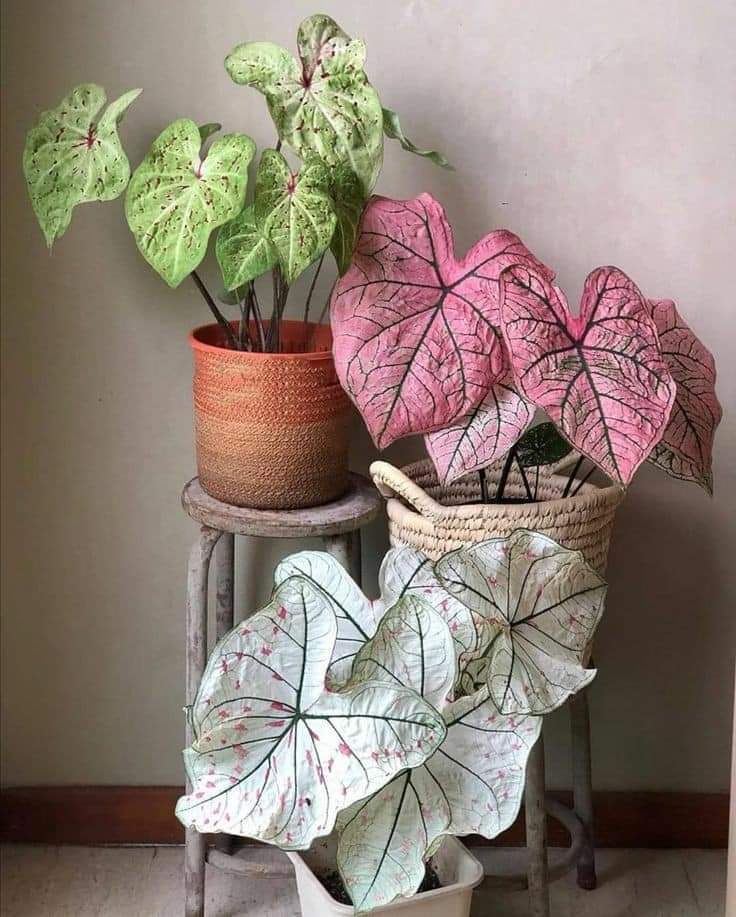

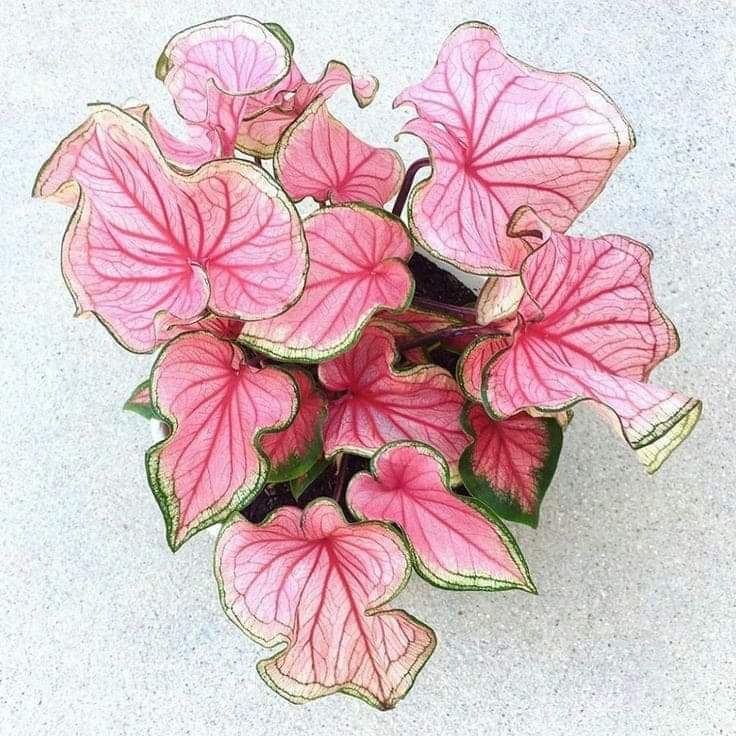

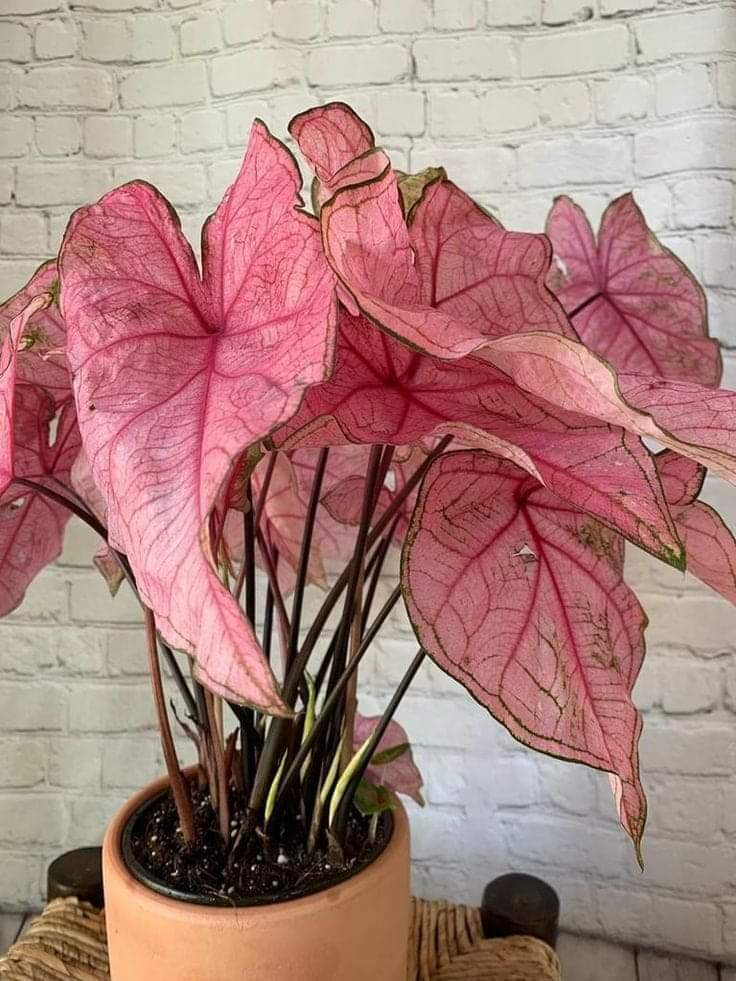

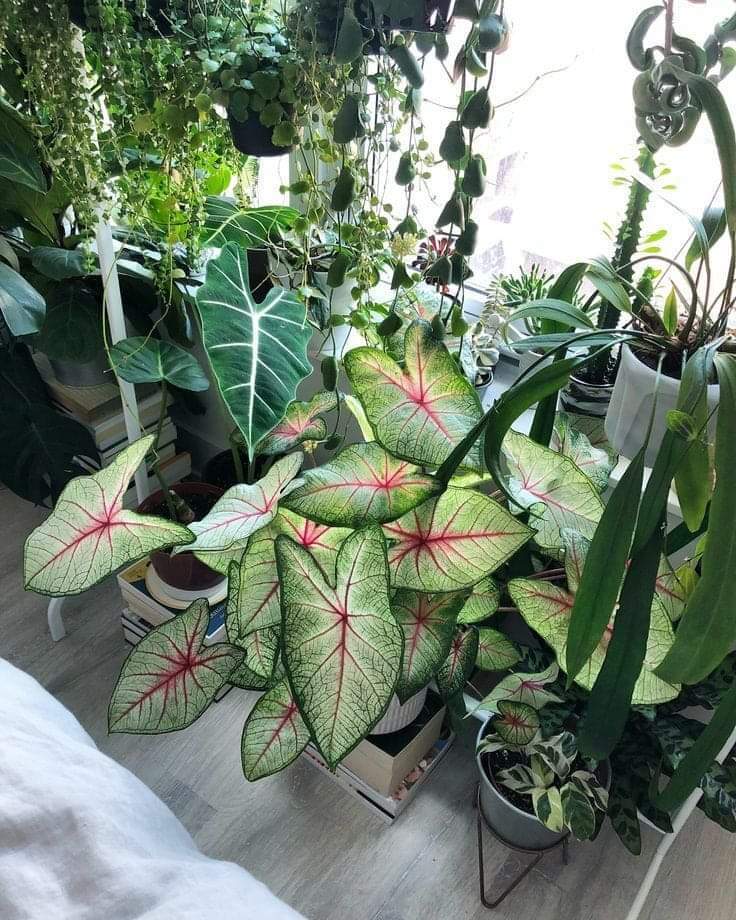


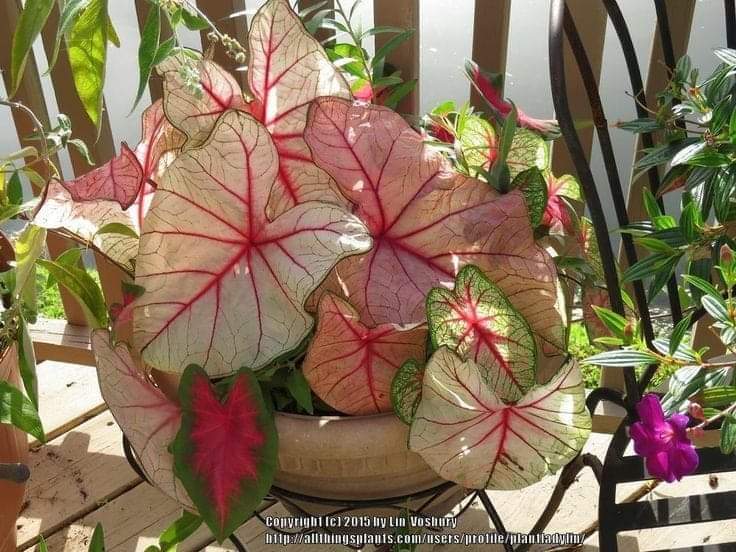
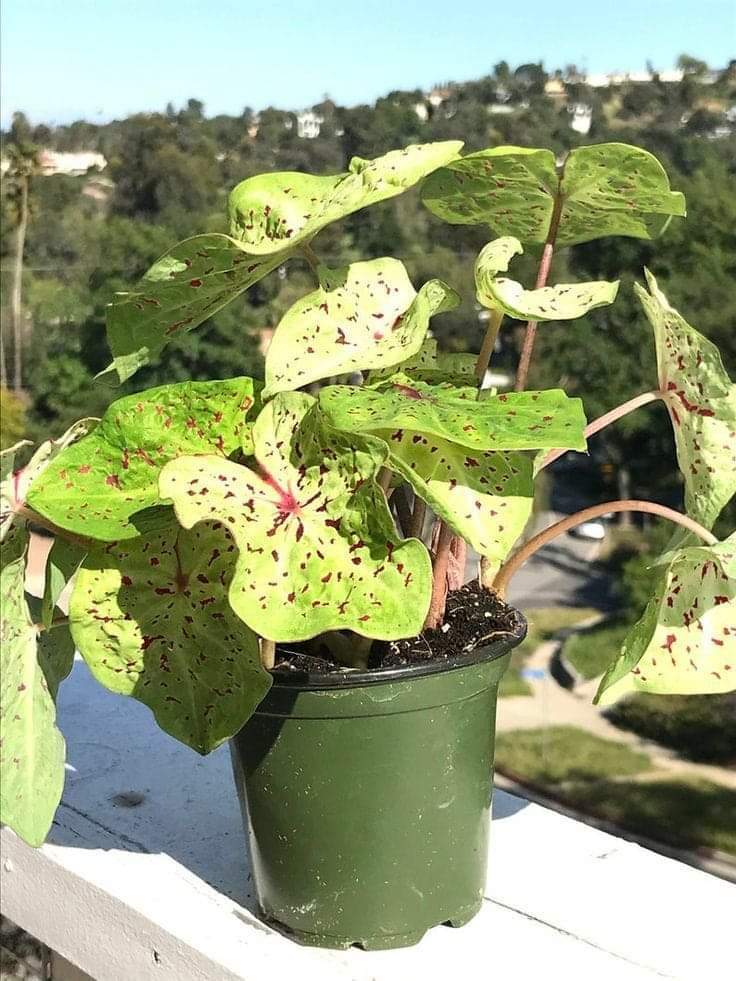
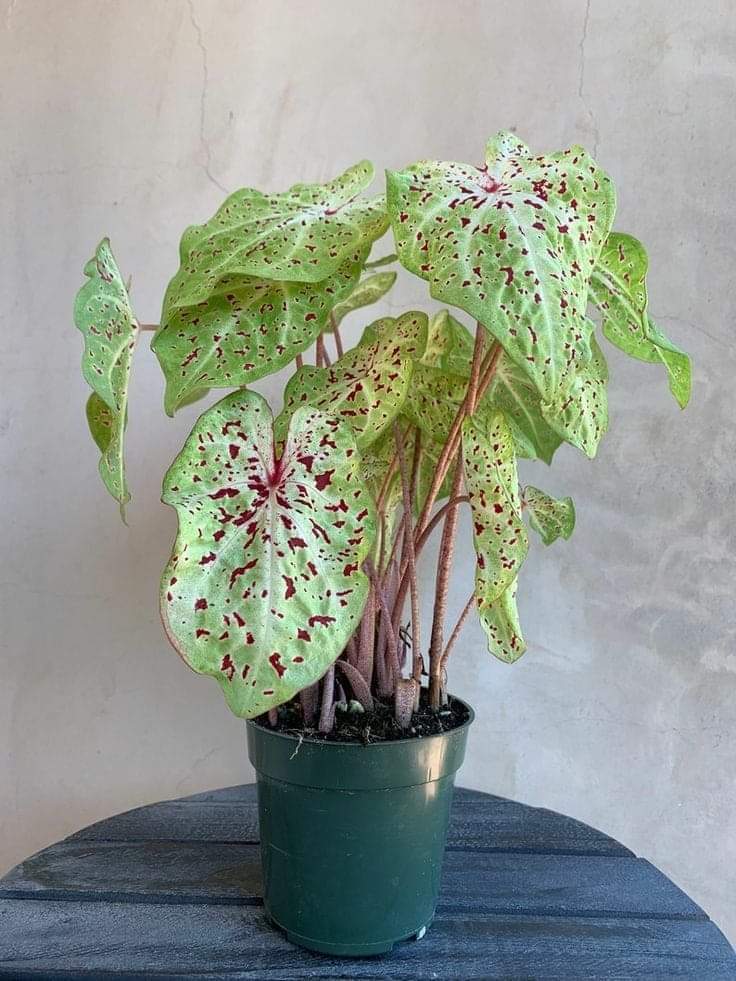



You can purchase houseplants at your local plant supplies, plant nurseries or just collect small plants you have in your own garden. Before buying any plants, do research on the plants you’d like to have in your home and study the layout of your rooms to ensure that you have enough space to accommodate a new plant or plants.
Plants that are suitable in your home include daffodils, hyacinth, orchids, ferns, begonias, bonsais and other indoor plants that do not require much direct sunlight and can thrive well in an enclosed environment. Descriptions of plants suitable for the home can be found on labels on the plant pots that are sold. If you are uncertain, do ask the plant supplier.
Interior designing with houseplants include selecting the right plant for a particular room, choosing the container (pots, vases, glass jars) to put the plants in and arranging the plants to suit a room’s style.
Before selecting a container for your plants, do note that the roots require ample space to grow. Big plants, like tropical palms, should be placed in big plant pots, with enough width and depth to support the roots and plant. What you don’t want is your exotic palm tree toppling over onto your Persian rug!
When choosing a houseplant for your decorating needs, please determine who will be the occupants of a room and what activities will be conducted there. Prickly cactus plants will not be suitable for children’s rooms and as such would have to be placed on a table or in a higher position where curious little fingers will not touch them.
Ensure that plants you choose are not poisonous as young children may play with leaves and flowers and eat them! Ask your local plant supplier or gardener whether a plant is hazardous for human consumption or touch and do read up on the plants you have, including what to do in case of emergency (if a poisonous plant was accidentally consumed).
Keep your houseplants away from pets as some pets, like rabbits and hamsters, will nimble onto the leaves and your dog or cat will dig the soil from your pots! Place your plants in a room where your pets can’t get to them or train your dog not to disturb your plant arrangements.
Plants, especially flowering ones, wilt easily in hot areas such as near a stove or heater. It’s best to place your pots near windows. Good humidity and sunlight are essential for the well-being of your plant.
Take care of your houseplants by ensuring that they get enough water, sunlight and soil nutrients (fertilizers). Most plants grow well in temperatures of 15 degrees Celsius to 25 degrees Celsius. Try to maintain a constant room temperature and avoid sudden temperature variations where your plants are kept.
Please note that having plants in the home tend to attract insects and bugs, especially during the summer months; so do exercise good pest control. If a plant looks like a pest or a disease has infected it, quarantine that plant and its pot away from the healthier plants. A very sick plant may have to be thrown away. You can ask your local gardener and plant supplier for more information on pest control and caring plants against common pests and diseases.
You may plan the decorating arrangements of your houseplants in several ways. You may want to place one single large plant in your living room, or have a variety of medium-sized plants in a corner arrangement near your hallway. Whatever style you wish to do depends on the overall look of the room you’re redesigning.
Big potted plants can be directly placed onto the floor whereas small plants can complement a dining room setting. Plants with bright flowers can be placed in a study or a bathroom to make things livelier. Big leafy green plants give more oxygen to a room and can be suitable for a bedroom to create a relaxing environment.
Home interior designing with houseplants should be fun and not a chore! If you are relatively new to the idea, try out simple, small plant arrangements and decorate with plants that are easy to take care of such as ferns and cactus. At the end of the day, you want a design that is not only refreshing to the eyes but is great for your health too.


